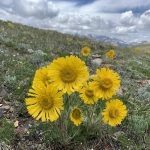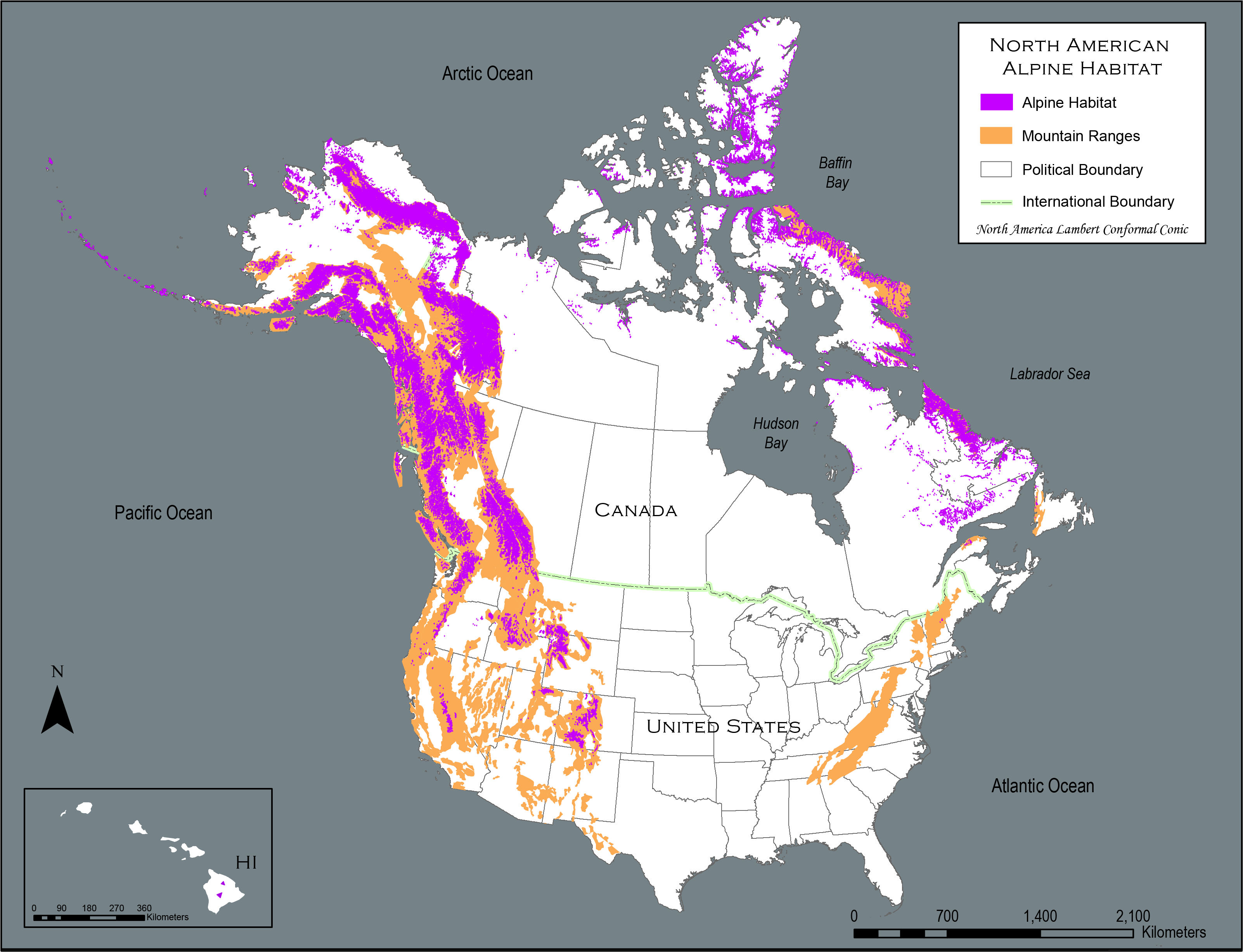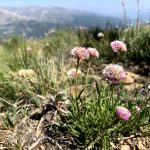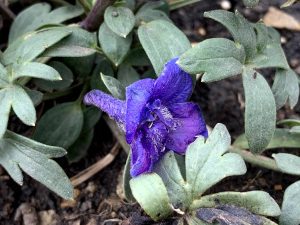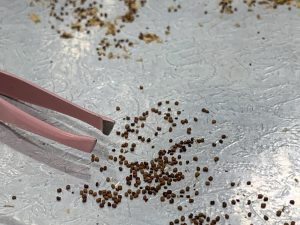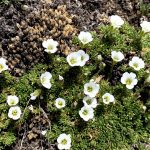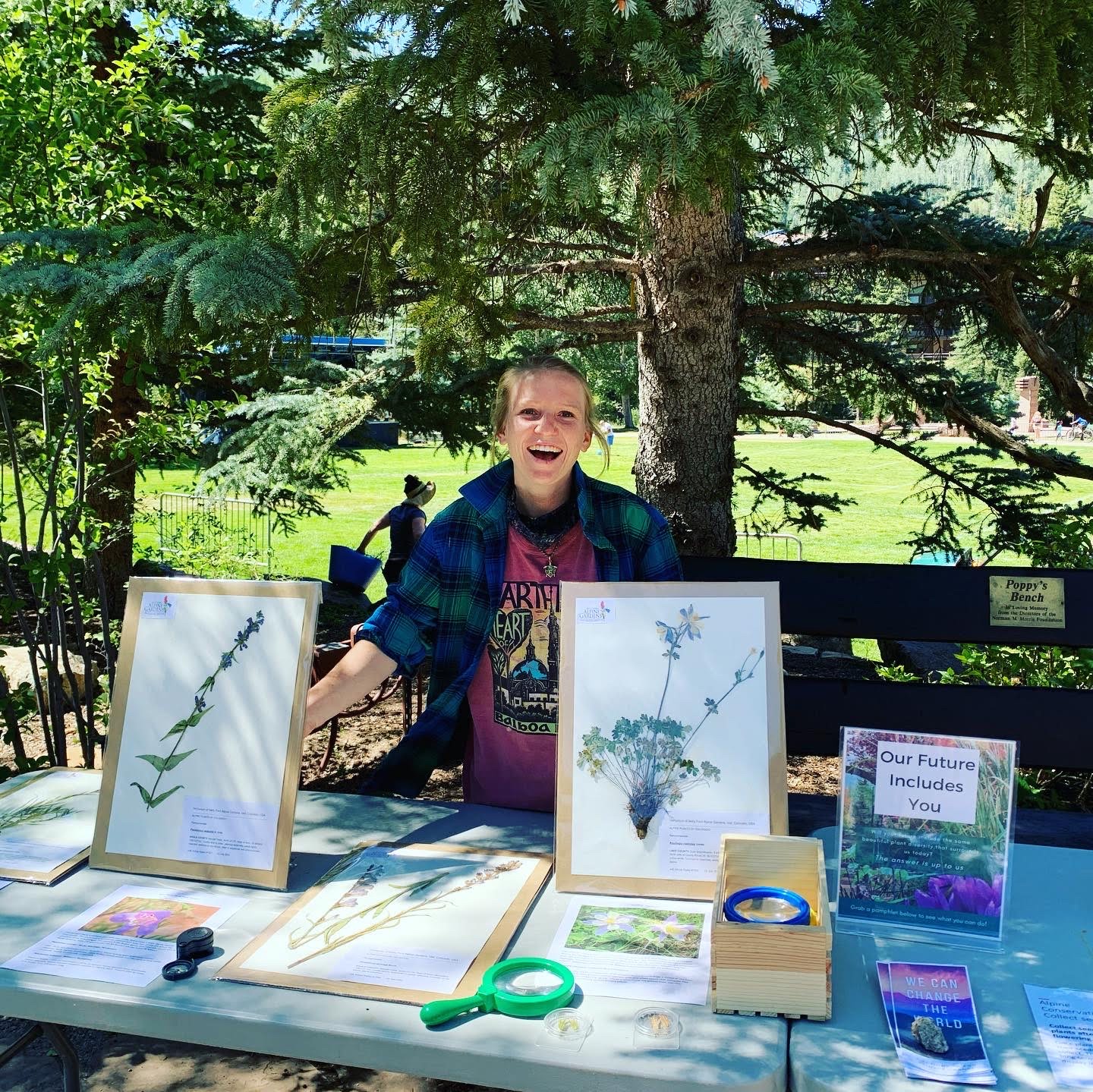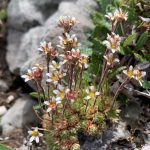Alpine environments are under threat from climate change, possibly warming even faster than other ecosystems. This may be catastrophic to the organisms that call these rugged areas home. Many of the specialized plants and animals that live in the alpine can’t live anywhere else, and are in danger of extinction if these areas continue to warm, including the American Pika (Ochotona princeps), Alpine Primrose (Primula angustifolia), and Arctic Alpine Forget-Me-Not (Eritrichium argenteum). And other alpine plants are actually outcompeted by lower elevation plants, which will start to move higher as the alpine warms. The North American Botanic Garden Strategy for Alpine Plant Conservation was developed by Betty Ford Alpine Gardens in response to the pressures faced by alpine plants, and is based on the Global Strategy for Plant Conservation and the North American Botanic Garden Strategy for Plant Conservation. It was published in 2020 in collaboration with Denver Botanic Gardens. This is the document that guides our conservation work here at Betty Ford Alpine Gardens.



